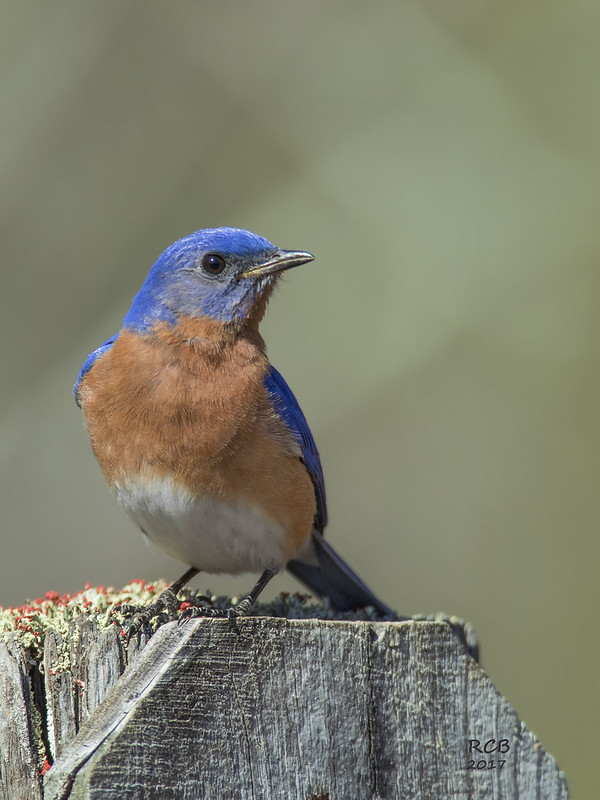This post is in response to Ruth Ayres’ invitation to “write fast” on SOS – Sharing Our Stories: Magic in a Blog. I hadn’t planned to post today. But then…well, Ruth wrote: “My blog writing is the writing I do for me. It’s the writing I do for fun. It’s the writing that is most unexpected. My blog writing is the writing I allow to trail out of my heart and curl into magic.“
And then, this sound…
This morning I heard it again. It stirred me from my luxurious Saturday-drowse. A loud cryyyy cryyy cryyy from the backyard, or very nearby. I threw off the blankets and ran out on the deck, promptly soaking my socks in the day-old rainwater.
I dreamt, once, that I was standing here exactly like this, looking up at the western sky, when an eagle flew by. Bald eagles do live around here. I have seen them on occasion and am convinced that an eagle’s (big, sloppy) nest is on the top of a water tower on the highway around the bend. In my dream, I was awed by the eagle and knew it portended something good.
But I know eagles don’t have the beautiful, poignant cryyy cryyy cryyy I am hearing on this early, pearl-sky morning. All other life seems to be slumbering but for this phantom bird, the lusty rooster across the street, and me. Day is just barely fading in.
It cries again, in the stillness. The air rings with its sharpness, with the curve and edge of it.
I know it’s a hawk. It has to be. I’ve seen several in recent weeks, since the turn of the year. I watched one gliding low overheard, never even flapping its wings, staying aloft as if by magic, following an icy spell in January when I went for a short walk in the thin winter sunlight that gilded the bare trees and glittered on the grass.
Returning to the warmth of the house, in my sodden socks, I make coffee and settle at my laptop to search.
Definitely not an eagle; that call is feeble in comparison to the one I heard.
Not a red-tailed hawk. A hair-raising, harrowing scream.
Then… yes!
A red-shouldered hawk. Fluid, syllabic, downward inflection. Somewhere over in the smattering of pines between my neighbor’s house and mine, where I dreamed an eagle flew.
I’d rather hear this cry even if I cannot see the hawk. The sound scrapes against my heart.
Something to do with the aching aliveness of things, even if the hawk is a predator. If I want to focus on symbolism, there’s a lot: intuition, spirituality, power…
But now, now, as the rooster picks back up with his daylong rusty-bugle solo (that’s one vigorous creature), there’s a familiar cheep cheep warble at the front door, so happy and so loud that it seems almost to be in my house.
The finches! They made their annual nest in my door wreath last spring but didn’t lay eggs as in previous years, when I held my granddaughter up to see the nestlings. For some reason, they disappeared. And left me bereft. One more little layer of heartache in a deeply heartrending year. When I took the wreath down in the fall, I mourned over the perfect, unused nest.
I saved it. I couldn’t toss such artistry away.
I put my spring wreath up early. Like, at the end of January.
When I went to look for the chattering finches just now, I couldn’t see them any more than I could see that hawk this morning; I believe the little birds were sitting in the wreath, voicing (to me) their delight.
There’s likely to be babies at my door by Easter.
And, I hope, somewhere high in the lonely pines.

Red-shouldered hawk. Don Miller. CC BY















